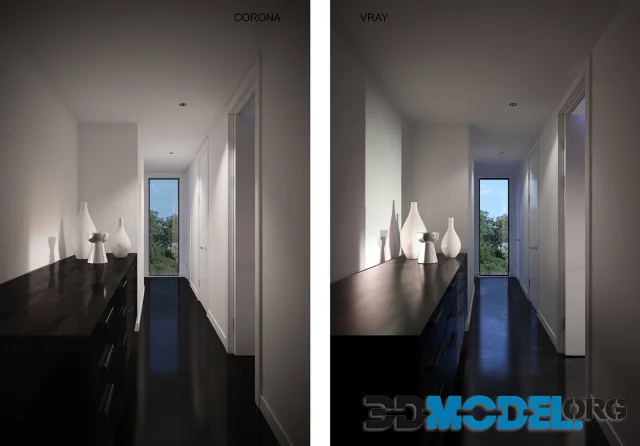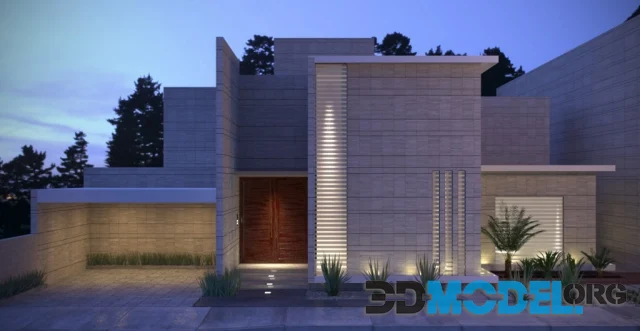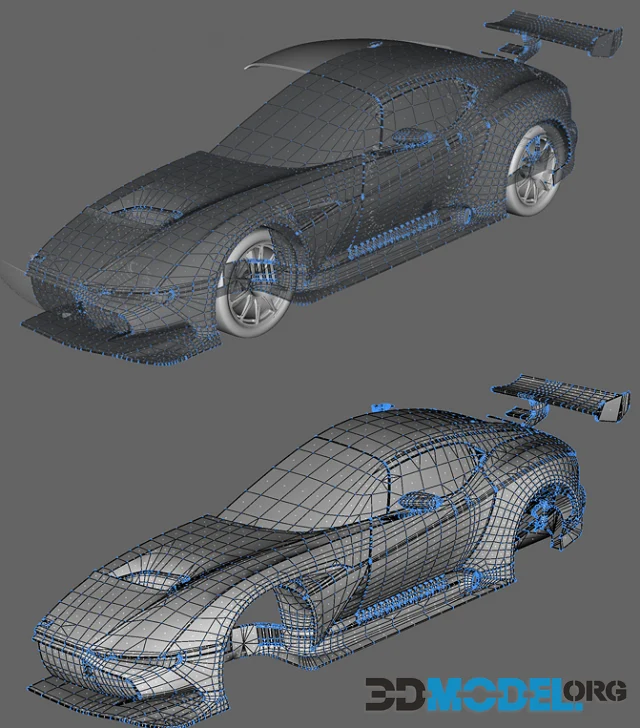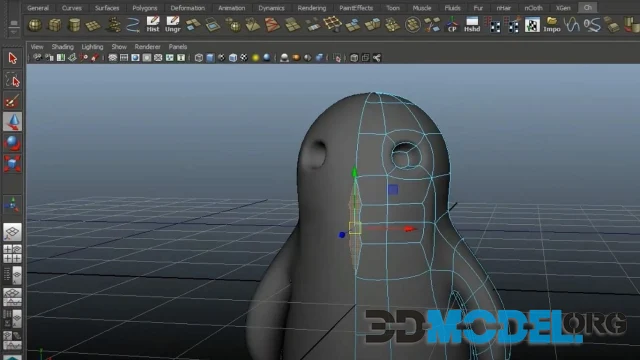V-Ray vs Corona Renderer

Corona Renderer and V-Ray are two of the best graphics engines used by designers, architects and game developers. They are quite similar in functionality and interface. They are also relatively easy to use, have extensive features, and can be used in conjunction with modeling software (such as Blender or 3ds Max).
But which of these renderers should you choose to work with?
Well, there are many factors to consider. Read on to find out more!
Advantages of V-Ray
Below are the main benefits of the V-Ray
Rich material editor
V-Ray's material editor has a wide range of features. These include procedural maps and a huge number of flexible settings. All this allows you to visualize any material and even create your own materials.
However, without proper skill, there is a risk of making a mistake and ruining the visualization. Achieving photorealistic visualization requires sufficient experience.
But we are ready to help you! On our site you can download all the necessary textures and materials. Besides, it's free and you don't even need to register.
By the way, V-Ray also has a large library of realistic materials. But unfortunately it has to be paid.
You can find it on the developer's website.
GPU orientation
Many renderers are now moving towards using GPUs instead of CPUs. And we think this is quite justified. The graphics card approach proves to be much faster than the similar CPU-based option.
Advantages of the Corona Renderer
Below are the main benefits of the Corona Renderer.
Clear interface and many presets
Corona Renderer has a clean interface and presets that allow you to achieve high quality visualization without additional effort. Corona also has a rich and free (unlike V-Ray) built-in material library that is constantly updated.
How do these parameters help?
Well, for example, setting up a physically correct representation of objects in Corona does not require any extra time: even the light in the scene to be rendered can be set automatically, which is extremely convenient!
And even if you want to change something, the program doesn't mind. But it will still warn you if the settings in the scene are not realistic and it won't look believable.
Infinite rendering
Rendering in Corona can be done using a progressive miscalculation method, not just an adaptive one.
This means that rendering can run indefinitely, with the image constantly improving.
In other words, in 10 minutes you will see the final image, but the rendering will continue until you stop it manually. The more time that passes, the better the result will be.
An active window
Corona has an active window where you can see the image in a small resolution but in real time. This saves a lot of time when you're setting up lights, for example, because you don't have to do a rough render.
Like you would have to do in V-Ray.
So what to choose?
Both engines are good.
But we think Corona is a bit better. The point is that it is very simple and convenient, and in terms of functionality it is not inferior to V-Ray. But the latter can still be relevant. For example, if you use SketchUp or similar tools. But if you know how to port 3D models properly, Corona is your clear choice.
However, if you plan to do professional visualization, it doesn't hurt to know both engines. In this case, the choice between Corona and V-Ray will depend on the specifics of the project and the tasks at hand.
By the way, on our site you can also find a lot of guides on how to work in these utilities. We have collected for you the most complete and detailed materials that will allow you to quickly master these engines and increase your productivity many times over!
Ctrl
Enter
Noticed a misTake
Highlight text and press Ctrl+EnterRelated news:
Comments (0)






